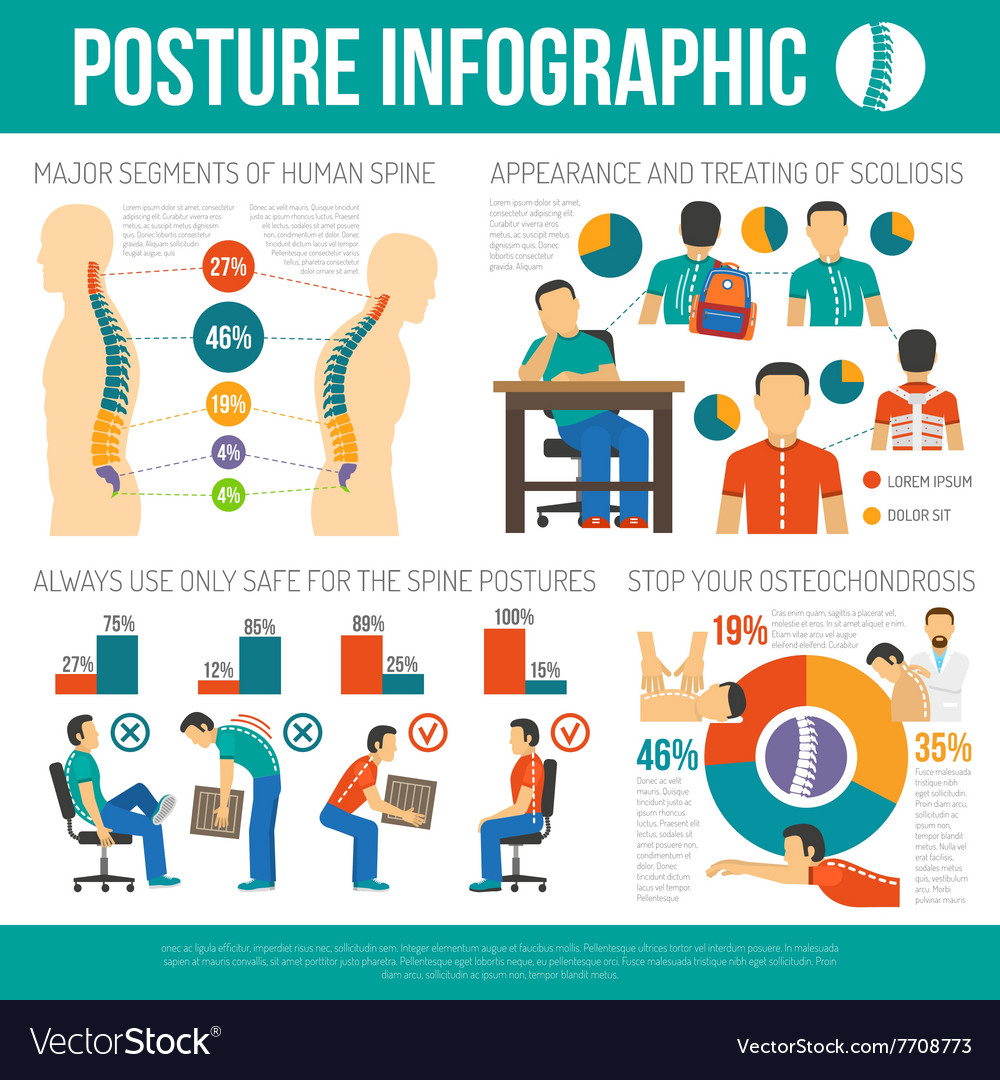The Relationship Between Pain In The Back And Your Health: Usual Conditions And Their Signs And Symptoms
The Relationship Between Pain In The Back And Your Health: Usual Conditions And Their Signs And Symptoms
Blog Article
Composed By-McCabe Jensen
If you're experiencing back pain, your body may be attempting to tell you something greater than just pain. The method your back feels can offer beneficial ideas concerning your general wellness. Understanding the particular kind of pain you're really feeling and any kind of coming with signs is crucial to deciphering the mystery behind your pain. Let's discover the common conditions and signs and symptoms connected with various kinds of back pain to clarify what your body may be signaling.
Types of Pain In The Back
When it comes to neck and back pain, there are numerous types that you might experience. One typical type is muscular tissue discomfort, usually brought on by overuse, stress, or injury to the muscular tissues and tendons sustaining the back. This type of discomfort can vary from light pain to extreme and incapacitating discomfort.
Another type is nerve discomfort, which can arise from problems like herniated discs or sciatica. Nerve pain frequently offers as a sharp, shooting experience that radiates down the leg.
Joint pain in the back can stem from concerns like joint inflammation or sacroiliac joint dysfunction. This sort of discomfort is commonly felt in the lower back and can be intensified by certain movements.
Additionally, pain in the back can be related to structural issues such as spine constriction or vertebral fractures. Understanding the kind of back pain you're experiencing is essential in determining the ideal treatment and administration methods.
Common Effects to Watch For
Relocating past the numerous kinds of pain in the back, it's important to acknowledge the usual signs that can indicate underlying issues.
Relentless pain in the back that aggravates with activity or in the evening could show a much more serious issue. Pins and needles or tingling in the legs or feet, especially when accompanied by weakness, may point to a nerve-related concern. If you experience sudden weight loss together with back pain, it could be an indication of a much more systemic condition.
Pay attention to any changes in bladder or bowel feature, as this could be connected to spinal cord compression. High temperature, chills, or night sweats combined with back pain may signal an infection. Keep an eye out for discomfort that radiates down one or both legs, possibly indicative of sciatic nerve pain.
Wellness Issues Linked to Pain In The Back
If you struggle with neck and back pain, it's critical to understand the potential health and wellness problems linked to this discomfort. go to website in the back can be a sign of different underlying concerns, including muscular tissue pressures, herniated discs, osteoarthritis, spine constriction, and also problems like kidney stones or infections.
Muscle stress are common and often result from lifting hefty items or abrupt activities.
visit the up coming webpage occur when the soft tissue between vertebrae protrudes, causing nerve irritation.
Osteoarthritis, a degenerative joint condition, can bring about neck and back pain as cartilage wears down.
Back stenosis, the constricting of the back canal, can put pressure on nerves.
Kidney stones might create extreme back pain if they move into the urinary tract.
Get Source like spinal osteomyelitis can also materialize as pain in the back. Understanding these possible wellness problems can aid you look for suitable medical care and management for your back pain.
Conclusion
So, following time your back injures, focus on the kind of pain and accompanying signs and symptoms. It could be a signal from your body concerning underlying health conditions like muscle mass strain, nerve concerns, joint problems, or even architectural issues. By recognizing these indicators, you can take aggressive actions to resolve the root cause of your neck and back pain and boost your total wellness and well-being.
